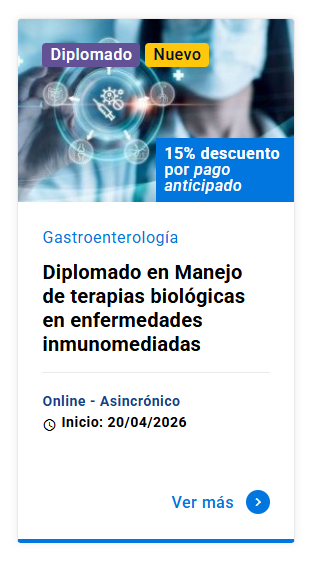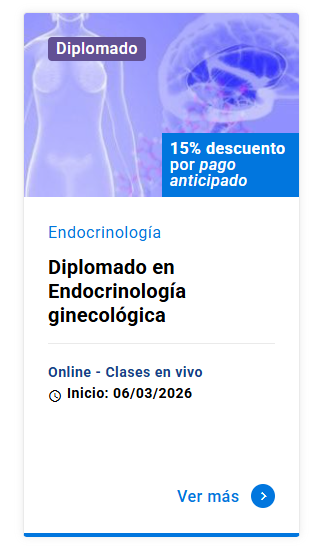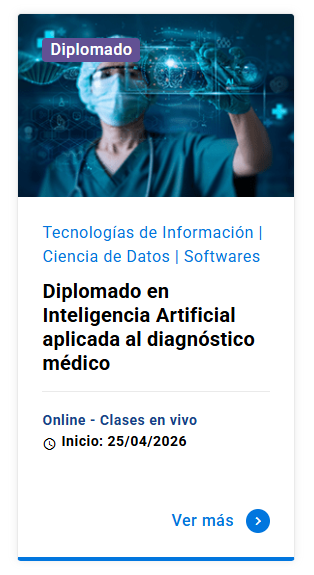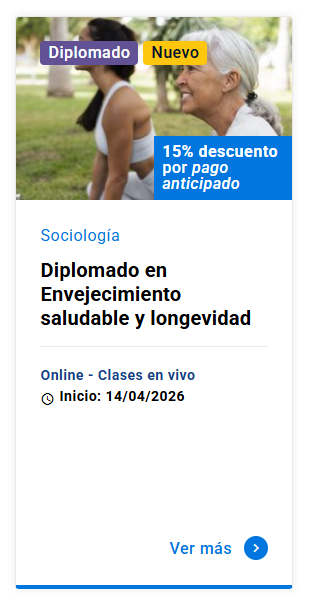"Restauraciones de lesiones cervicales no cariosas: un protocolo de revisión sistemática para la práctica clínica".
DOI:
https://doi.org/10.11565/arsmed.v43i2.1073Palabras clave:
lesiones cervicales no cariosas, resinas compuestas, vidrios ionómerosResumen
Introducción: Las lesiones cervicales no cariosas son condiciones patológicas no bacterianas localizadas en el límite amelocementario de los dientes. Los principales biomateriales descritos para el tratamiento restaurador de estas lesiones son: vidrios ionómeros, vidrios ionómeros modificados con resinas, compómeros y resinas compuestas. El objetivo de este protocolo, consiste en establecer los elementos metodológicos de una revisión sistemática que evaluará el comportamiento clínico de restauraciones cervicales realizadas con estos biomateriales. Métodos: El protocolo fue diseñado, y será reportado, en línea con Preferred Reporting Items for Systematic Reviews and Meta-Analyses Protocols (PRISMA-P 2015). Se realizará una búsqueda sensible en MEDLINE, EMBASE, Cochrane Central Register of Controlled Trials y ClinicalTrials.gov, sin restricción por lenguaje o publicación, para identificar ensayos controlados aleatorizados que comparen dos o más tratamientos restauradores en lesiones cervicales no cariosas. Los desenlaces a evaluar serán la retención de las restauraciones y caries secundaria, según criterios RYGE/USPHS. Al menos dos investigadores realizarán de manera independiente la selección de los ensayos y la extracción de los datos. El riesgo de sesgo será evaluado utilizando la herramienta recomendada por la colaboración Cochrane. Si es posible, se realizará un metanálisis y los datos serán presentados en tablas de resúmenes de resultados mediante el método Grading of Recommendations Assesment, Development and Evaluation (GRADE). Fortalezas y debilidades: Esta revisión sistemática entregará evidencia actualizada sobre el comportamiento de cuatro biomateriales en el tratamiento de lesiones cervicales no cariosas. La principal limitación proviene de la baja cantidad o deficiencias metodológicas de los estudios primarios. Número de registro (PROSPERO): CRD42017071114.
Descargas
Citas
Akl EA, Kahale LA, Agoritsas T, Brignardello-Petersen R, Busse JW, Carrasco-Labra A, Ebrahim S, Johnston BC, Neumann I, Sola I, Sun X, Vandvik P, Zhang Y, Alonso-Coello P & Guyatt G. (2015). Handling trial participantes with missing outcome data when conducting a meta-analysis: a systematic survey of proposed approaches. Syst Rev 4, 98. DOI: https://doi.org/10.1186/s13643-015-0083-6
Atkins D, Eccles M, Flottorp S, Guyatt GH, Henry D, Hill S, Liberati A, O’Connell D, Oxman AD, Phillips B, Schunemann H, Edejer TT, Vist GE, Williams JW, Jr. & Group GW. (2004). Systems for grading the quality of evidence and the strength of recommendations I: critical appraisal of existing approaches The GRADE Working Group. BMC health services research 4, 38. DOI: https://doi.org/10.1186/1472-6963-4-38
Bergstrom J & Eliasson S. (1988). Cervical abrasion in relation to toothbrushing and periodontal health. Scandinavian Journal of Dental Research 96, 405–11. DOI: https://doi.org/10.1111/j.1600-0722.1988.tb01575.x
Black GV. (1907) A work on operative dentistry. Pathology of hard tissues of the teeth. Vol. 1. 1st ed. Chicago (IL): Medico-Dental Publishing, 39–59.
Black GV. (1917). A work on operative dentistry: The technical procedures filling teeth. Chicago: Medico-Dental publishing 5.
Borsic J, Anic I, Urek M & Ferreri S. (2004). The prevalence of non-carious cervical lesions in permanent dentition. Journal of Oral Rehabilitation 31, 117-123. DOI: https://doi.org/10.1046/j.0305-182X.2003.01223.x
Chaimani A, Mavridis D & Salanti G. (2014). A hands-on practical tutorial on performing meta-analysis with Stata. Evid Based Ment Health 4, 111-116. DOI: https://doi.org/10.1136/eb-2014-101967
Cuniberti de Rossi, N. (2009). Lesiones Cervicales no Cariosas. 1st ed. Editorial Médica Panamericana. Pp 1-7.
DECIDE Consortium. (2015). Interactive Summary of Findings (iSoF)[Software]. Version August 2017.https://isof.epistemonikos.org
Elbourne DR, Altman DG, Higgins JP, Curtin F, Worthington HV & Vail A. (2002). Meta- analyses involving cross-over trials: methodological issues. Int J Epidemiol 31, 140–149. DOI: https://doi.org/10.1093/ije/31.1.140
Epistemonikos Foundation (2016). Collaboratron [Software]. Versión 1.0 https://collaboratron.epistelab.com [Revisado en Agosto 2017].
Goel VK, Khera SC, Ralston JL & Chang KH. (1991). Stresses at the dentinoenamel junction of human teeth – a finite element investigation. J Prosthet Dent 66, 451. DOI: https://doi.org/10.1016/0022-3913(91)90504-P
Grippo JO. (1991). Abfraction: a new classification of hard tissue lesions of teeth. J Esthet Dent 3, 14–8. DOI: https://doi.org/10.1111/j.1708-8240.1991.tb00799.x
Grippo J, Simring M & Coleman TA. (2012). Abfraction, Abrasion, Biocorrosion, and the enigma of Noncarious Cervical Lesions: A 20-Year Perspective. J EsthetRestorDent 24, 10-23. DOI: https://doi.org/10.1111/j.1708-8240.2011.00487.x
Hammadeh M & Rees J.S. (2001). The erosive susceptibility of cervical versus occlusal enamel. European Journal of Prosthodontics and Restorative Dentistry 9, 13–17.
Hickel R, Peschke A, Tyas M, Martin J, Mjor I, Bayne S, Peters M, Hiller K, Randall R, Vanherle G & Heintze S.(2010). FDI World Dental Federation - Clinical Criteria for the evaluation of direct and indirect restorations. Update and Clinical examples. J Adhes Dent 12, 259-272. DOI: https://doi.org/10.1007/s00784-010-0432-8
Higgins JP, Altman DG, Gotzsche PC, Juni P, Moher D, Oxman AD, Savovic J, Schulz KF, Weeks L, Sterne JA, Cochrane Bias Methods G & Cochrane Statistical Methods G. (2011b). The Cochrane Collaboration’s tool for assessing risk of bias in randomised trials. The BMJ 343, d5928. DOI: https://doi.org/10.1136/bmj.d5928
Higgins JP & Green S. (2011a). Cochrane handbook for systematic reviews of interventions, vol. 5. Wiley Online Library.
International Association for Dental Research: http://www.iadr.org/IADR/Meetings/Past-Meetings [Revisado el 05 de Agosto 2017].
Kuroe T, Caputo A & Konuma M. (2000). Biomechanics of cervical tooth structure lesions and their restoration. QuintessenceInt 3, 267-274.
Lazcano E, Salazar E, Gutiérrez P, Ãngeles A, Hernández A & Viramontes J. (2004). Ensayos clínicos aleatorizados: variantes, métodos de aleatorización, análisis, consideraciones éticas y regulación. Salud Pública de México 46, 559-584. DOI: https://doi.org/10.1590/S0036-36342004000600012
Lessafre E, Philstrom E, Needleman I & Worthington H.(2009).The design and analysis of split-mouth studies: What statisticians and clinicians should know. Statistics in Medicine 28, 3470-3482. DOI: https://doi.org/10.1002/sim.3634
Levitch LC, Bader JD, Shugars DA & Heymann HO. (1994) Non- carious cervical lesions. Journal of Dentistry 22, 195–207. DOI: https://doi.org/10.1016/0300-5712(94)90107-4
Lukas D. & Spranger H. (1973). Experimentelle Untersuchungen uber die Auswirkungenuntershiedlich gemessener Gelenkbahn und Benetwinkel auf die Horizontalbelastung des Zahnes bie definierten Unterkiefer Lateralbewegungen. Dtsch Zahnarztl Z 28, 755–8.
McMaster University. (2014) GRADEpro [Computer program] Version August 2016. www.gradepro.org
Miller WD. (1907). Experiments and observations on the wasting of tooth tissue variously designated as erosion, abrasion, chemical abrasion, denudation, etc. Dental Cosmos 49, 1–23.
Moher D, Shamseer L, Clarke M, Ghersi D, Liberati A, Petticrew M, Shekelle P & Stewart LA. (2015) Preferred Reporting Items for Systematic Review and Meta-Analysis Protocols (PRISMA-P) 2015 statement. Systematic Reviews 4, 1. DOI: https://doi.org/10.1186/2046-4053-4-1
Rada G, Perez D & Capurro D. (2013). Epistemonikos: a free, relational, collaborative, multilingual database of health evidence. Studies in health technology and informatics 192, 486-490.
Radentz WH, Barnes GP & Cutright DE. (1976). A survey of factors possibly associated with cervical abrasion of tooth surfaces. Journal of Periodontology 47, 210–3. DOI: https://doi.org/10.1902/jop.1976.47.3.148
Rothstein H, Sutton A & Borenstein M. (2000). Publication Bias in Meta-analysis: Prevention, Assesssment and Adjustments. John Wiley, Chichester.
Ryge G. (1980). Clinical Criteria. International Dental Journal 30, 347-58.
Smaïl-Faugeron V, Fron-Chabouis H, Courson F & Durieux P. (2014). Comparison of intervention effects in split-mouth and parallel-arm randomized controlled trials: a meta-epidemiological study. BMC Med Res Methodol 14, 64. DOI: https://doi.org/10.1186/1471-2288-14-64
Sneed, W.D. (2011). Noncarious cervical lesions: Why on the facial? A theory. Journal of Esthetic and Restorative Dentistry 23, 197-200. DOI: https://doi.org/10.1111/j.1708-8240.2011.00457.x
Spranger H Weber G & Kung YS. Untersuchungern die Atitologie. (1973) Pathogeneses un therapiekonsequenzen der zervialaen Zahnartsubstanzdefekte. Der Hessiche Zahnartz Separatum Otto-Loos Preis 328–41.
Sutalo J & Tarle Z. (1997) Noncarious destructive lesions of dental hard tissues. Acta Stomatol Croati 31-43.
The Cochrane Collaboration. (2014) Review Manager (RevMan) [Computer program]. Version 5.3. Copenhagen: The Nordic Cochrane Centre. http://community.cochrane.org/tools/review-production-tools/revman-5. [Revisado en Agosto 2017].
World Health Organization. (2016). International Clinical Trials Registry Platform ï›Computer programï. Version 3.5. http://apps.who.int/trialsearch/ [Revisado en Agosto 2017].
Publicado
Cómo citar
Número
Sección
Categorías
Licencia
Derechos de autor 2018 ARS MEDICA Revista de Ciencias Médicas

Esta obra está bajo una licencia internacional Creative Commons Atribución-CompartirIgual 4.0.
Los autores/as conservan sus derechos de autor y garantizan a la revista el derecho de primera publicación de su obra, la que estará simultáneamente sujeta a la Licencia CC BY-SA 4.0 (Ver declaración de Acceso Abierto).







